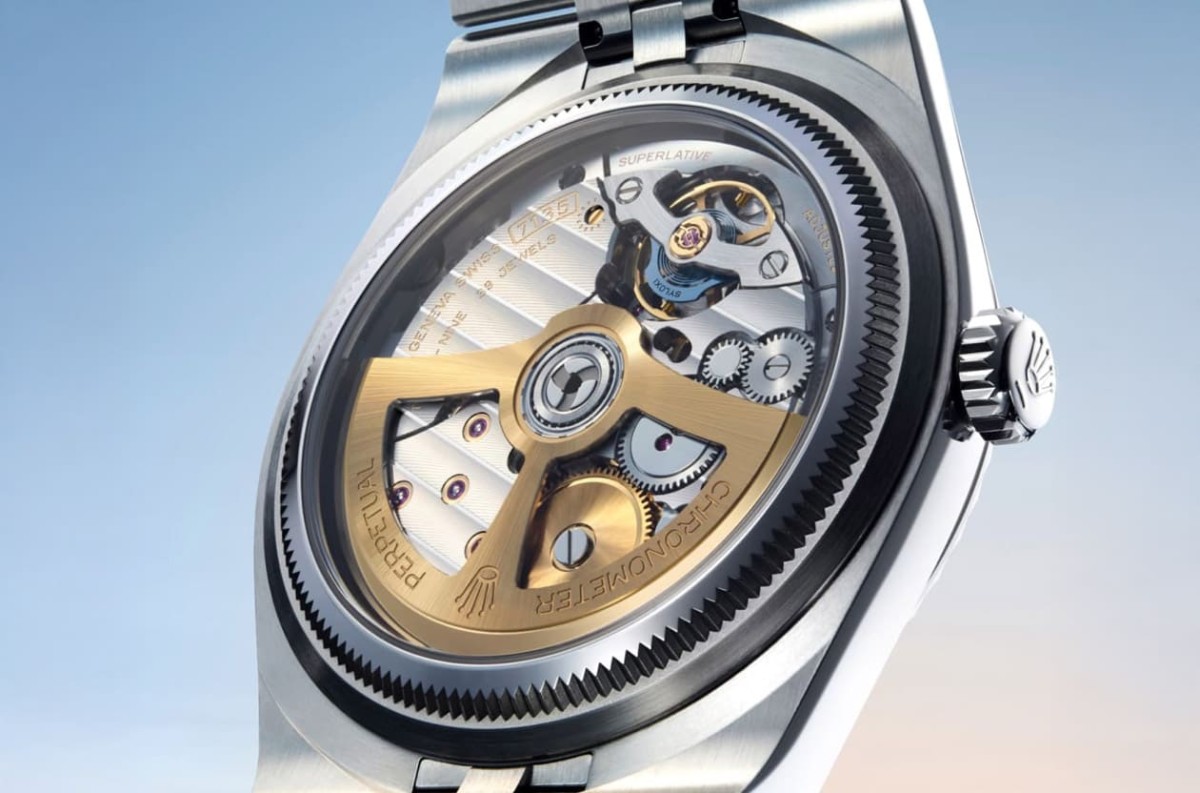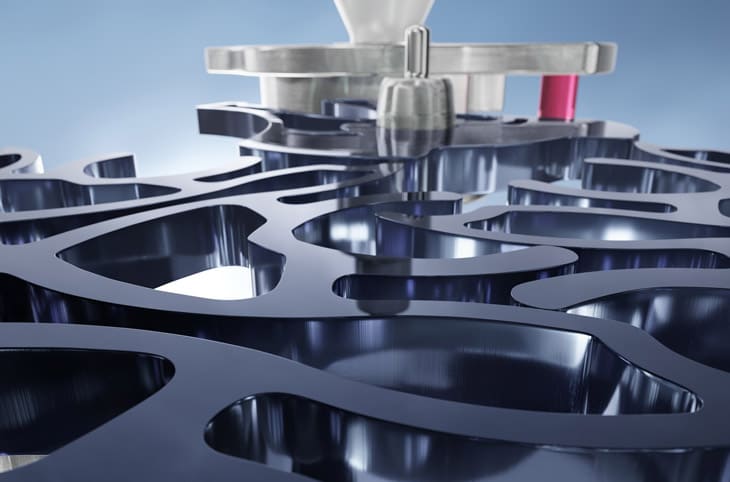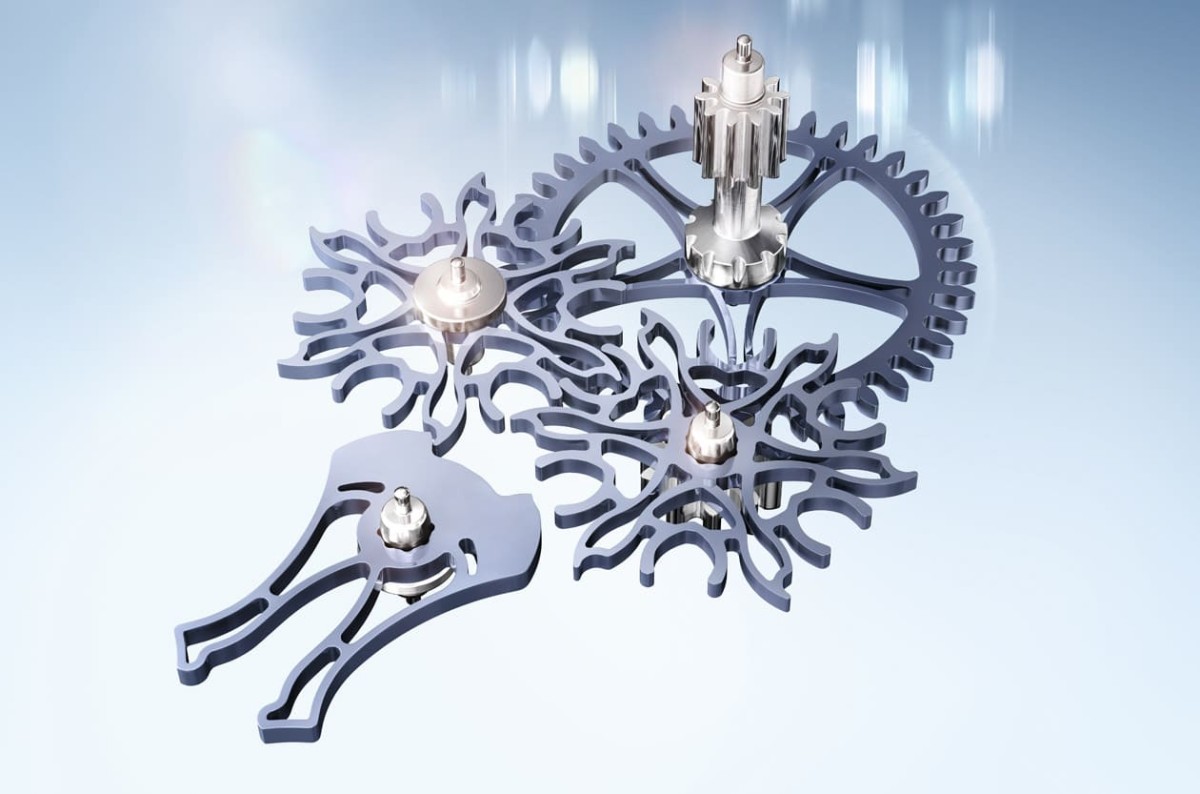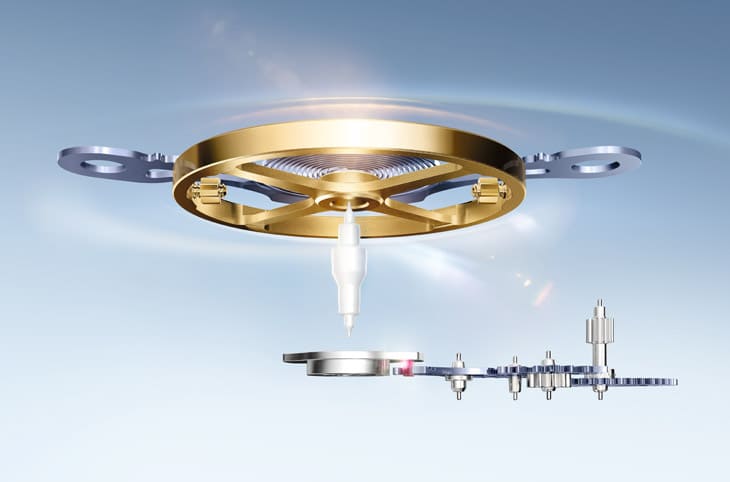Land-Dweller 7135 Movement: Dynapulse Escapement System Features
At the 2025 Geneva Watch & Wonders exhibition, Rolex once again amazed watch enthusiasts by unveiling the Land-Dweller series featuring the brand-new 7135 movement. Beyond the fresh design and specifications, a standout highlight is the innovative Dynapulse escapement system at the heart of this movement. Sounds complex? Let’s break down what makes this technology unique and powerful.

Simply put, the escapement system in a mechanical watch acts like its rhythm controller. It regulates the energy released from the mainspring, delivering it step by step and in a precise manner to the balance wheel, ensuring stable and accurate timekeeping. Most mechanical watches today use the traditional Swiss lever escapement, which is reliable and well-developed. However, it has one drawback: the parts experience significant friction because the escapement fork and wheel must physically contact each other to control the timing. Over time, this friction causes wear, requiring regular lubrication. In conventional designs, more than two-thirds of the mainspring’s energy can be lost instead of efficiently driving the balance wheel. Rolex recognized this issue early on and introduced the Chronergy escapement, which improved energy transfer efficiency by about 15% through redesigned angles and geometry of components. Although this was a notable advancement, it still wasn’t the ideal solution.

The Land-Dweller series features Rolex’s newly developed Calibre 7135, which can be admired through its transparent case back, showcasing the movement’s structure and finely polished components.
What sets the 7135 apart is its Dynapulse escapement system—a completely new design. While it may resemble the traditional Breguet natural escapement on the surface, its internal mechanism is entirely different. The key innovation is that the escapement wheel no longer delivers energy directly to the balance wheel; instead, it uses an intermediate lever to indirectly transmit pulses. This approach reduces friction between parts and minimizes energy loss.
Most key components of the Dynapulse escapement system are made from silicon, which is not only lightweight and durable but also requires almost no lubrication. In theory, it can even "run dry" without oil; however, for safety, Rolex applies an ultra-thin layer of lubricant before assembly—so minimal it’s invisible to the naked eye. This allows the Calibre 7135 to achieve a high-frequency 5Hz oscillation while maintaining a 66-hour power reserve, theoretically offering greater accuracy and energy efficiency than the common 4Hz frequency.
Additionally, Rolex has for the first time used its patented high-tech ceramic for the balance staff, which boasts exceptional hardness and shock resistance. The manufacturing process involves femtosecond laser technology, producing a surface polished to the nanometer level. The balance wheel paired with the escapement is made of a new brass alloy, which, like the ceramic, is resistant to magnetic interference—an innovative Rolex development. The hairspring has been upgraded to a reinforced Syloxi silicon version, made thicker and stiffer, which is key to enabling the 5Hz frequency. The golden skeletonized automatic rotor follows Rolex’s recent in-house movement trends, enhancing both aesthetics and performance.

The Calibre 7135 features the innovative "Dynapulse" escapement system, which indirectly transmits impulses through an intermediate lever, effectively reducing energy loss during power transmission.
"Dynapulse" is not only impressive in terms of technology but also excels in manufacturing efficiency—an important factor for Rolex, which produces watches by the millions each year. The system’s design emphasizes structural stability and streamlined parts production, making it highly suitable for large-scale manufacturing. Moreover, Rolex’s confidence in this innovation is backed by no less than seven patents covering the dual-wheel structure, impulse transmission design, and silicon component fabrication, proving that this is a completely new escapement system rather than just an improvement.

Rolex’s Dynapulse escapement system features one driving wheel and two intermediate wheels working in sequence, resulting in higher efficiency and lower energy consumption. This unprecedented design is protected by seven patents.
Currently, this new movement is exclusive to the Land-Dweller series. However, based on Rolex’s past practices, it is likely that the Dynapulse system will gradually be adopted across other collections. For example, the Chronergy escapement was initially introduced in the Calibers 3235 and 3255 before being widely applied to more models. Therefore, the Dynapulse system may well become the standard feature in Rolex’s next-generation movements.

The 7135 movement features a thicker, reinforced Syloxi silicon hairspring, enabling the caliber to achieve a high frequency of 5Hz. Combined with dual Paraflex shock absorbers that effectively protect the ceramic balance staff, this significantly enhances its shock resistance.
Whether you’re a technical enthusiast or a fan of aesthetics, the Dynapulse escapement system is major news. It symbolizes Rolex’s proactive spirit and willingness to step out of its comfort zone to drive horological innovation forward. Will this escapement system revolutionize the industry like Omega’s Co-Axial escapement once did? Only time will tell. What’s more certain is that the Dynapulse system is not just a fleeting innovation—it marks the beginning of a new era for Rolex.



































































